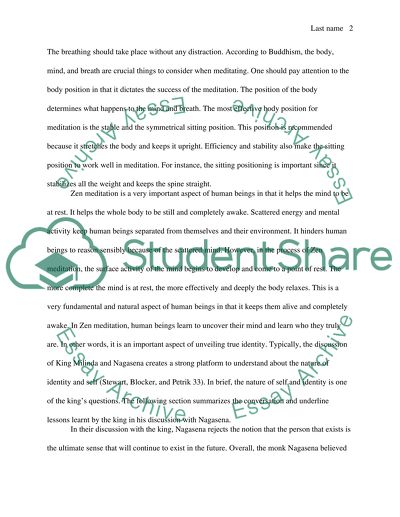Buddhism Scriptures Essay Example | Topics and Well Written Essays - 750 words. Retrieved from https://studentshare.org/religion-and-theology/1479520-buddhism-scriptures
Buddhism Scriptures Essay Example | Topics and Well Written Essays - 750 Words. https://studentshare.org/religion-and-theology/1479520-buddhism-scriptures.


